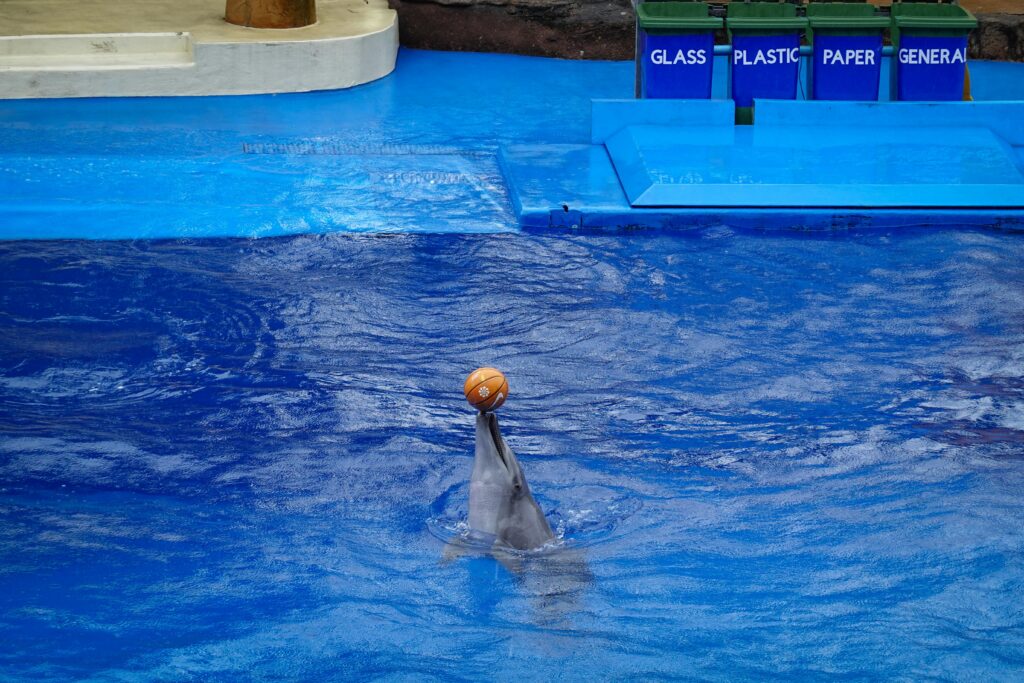Don’t Buy A Ticket
Dolphins in Crisis — From Mass Slaughter to Captivity, and the Global Fight for Freedom
In 2025, the global reality facing dolphins has become impossible to ignore. From brutal annual…
Dolphin Captivity at Resorts and Hotels – Top 10 Ethical Dolphin Experiences Around the World
Dolphins have long been symbols of freedom, intelligence, and joy. In the wild, these marine…
The Tragedy of Captive-Born Dolphins: Baby Gemma and the Cruelty Behind the Dolphin Entertainment Industry
In June 2025, a dolphin calf named Gemma was born at Discovery Cove in Orlando….
SeaWorld Faces Mounting Legal Battles, Protests, and Public Backlash in 2025
SeaWorld’s reputation has long been under fire, but in 2025, the marine park operator finds…
Beyond the Spectacle: Why SeaWorld Doesn’t Want You to See the Truth About Marine Parks
At Sustainable Action Now, we believe that true conservation protects animals in their natural habitats,…
SouljaBoy and Bow Wow’s Career Are so Over, They Reduce Themselves To Have to Play SeaWorld – The Ethical Realities of Marine Mammal Captivity – A Call for Conscious Choices
At Sustainable Action Now, we advocate for a world where humanity coexists responsibly with all…








